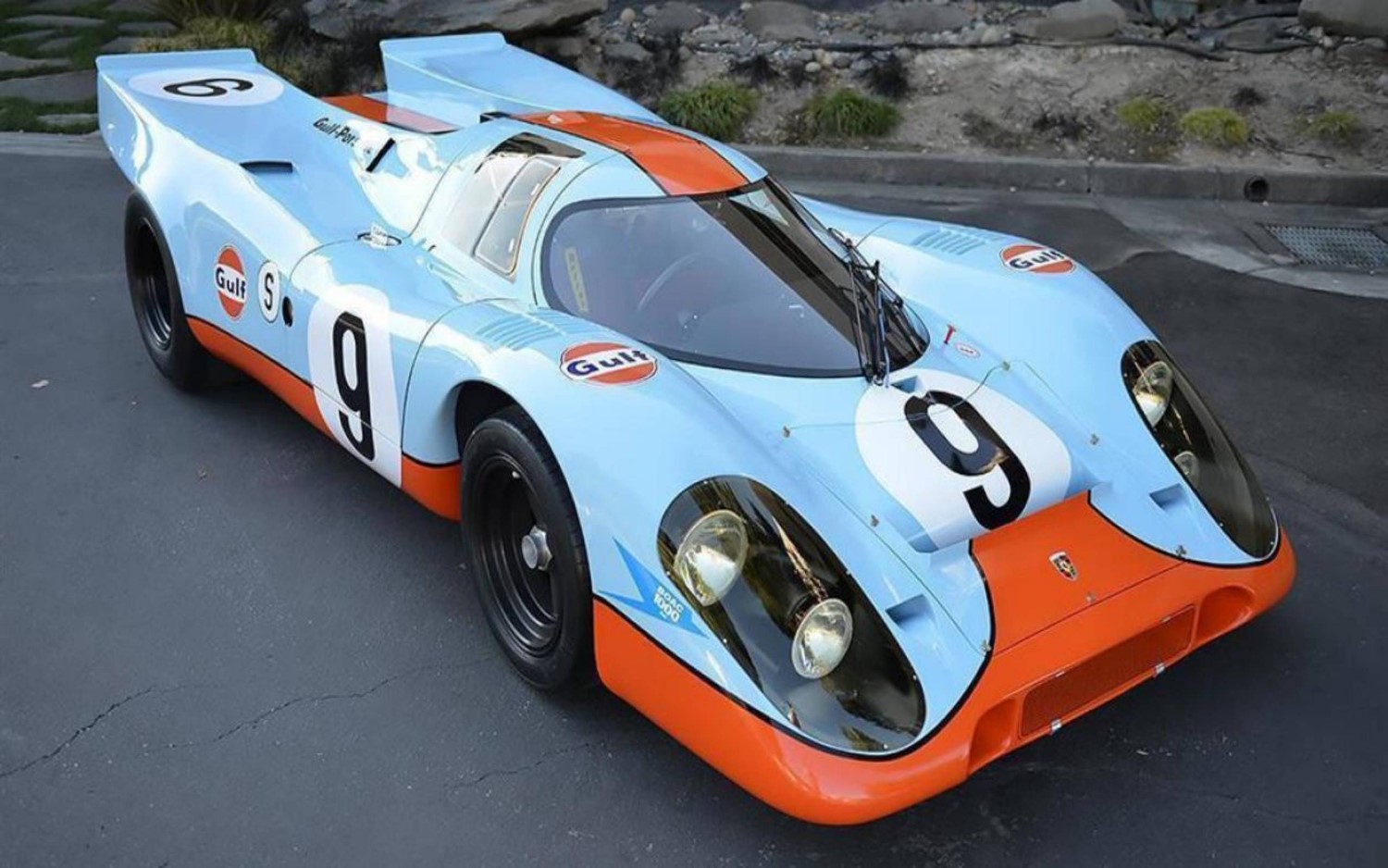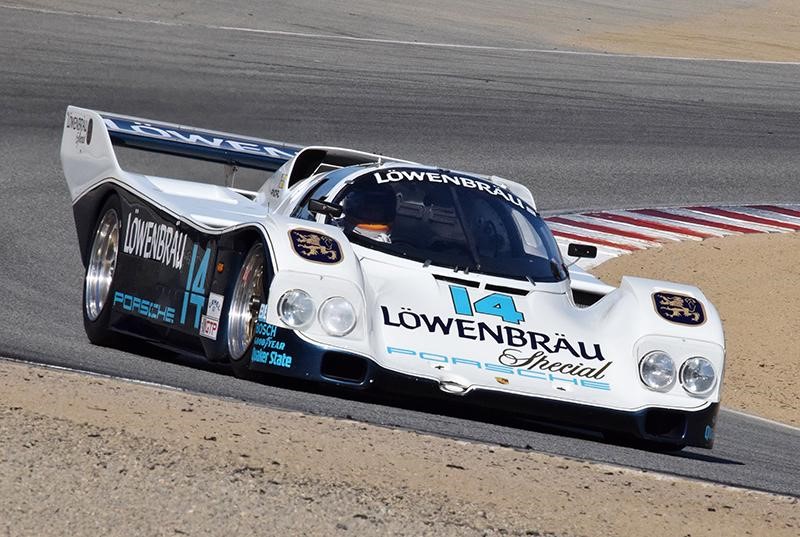Classic Racing Cars and their influence on Modern-Day Motorsports
The influence classic racing cars have over the Modern-Day Motorsports is surprisingly pertinent. This article delves deeper into this fascinating topic.
While classic racing cars nowadays are seen more as romanticized relics of a world gone by, these designs have a surprisingly pivotal role in the technology and blueprints behind some of the world’s most advanced motorsport vehicles.
Science has surged forward exponentially over the past few decades, particularly with the likes of F1. Engines are getting lighter, smaller, and more powerful, while aerodynamics are now arguably the most important part of the overall design.
But how do classic racing cars come into all of this? Well, aside from the allure and nostalgic appeal of these legendary vehicles, engineers can also glean several useful insights into the fundamental principles of automotive engineering. These vehicles represent a tangible history of experimentation and evolution, offering a clear roadmap of what works and what doesn’t.
By studying their design, materials, and performance statistics, engineers can gain a deeper understanding of how different components interact and affect overall vehicle behavior.
For example, analyzing the suspension geometry of a classic F1 car provides the foundations for everything from weight transfer to tire grip and handling balance. The mistakes made several decades ago alert modern engineers to vital pitfalls to avoid in the current day, significantly improving and speeding up the overall design process.
Legendary Classic Racing Cars
Before we get into the fundamentals of how classic racing cars continue to influence engineering strategies and choices in the 21st century, we need to outline some of the most legendary examples. Here are a few
- Peugeot 504: the Peugeot 504 was simultaneously a reliable workhorse and a blisteringly fast rally car, with aesthetics to match. Together with the legendary Audi Quattro and Ford Escort, the 504 set the blueprint for rugged, fast, and endlessly customizable modern rally cars.
- Ferrari 250 GTO: it doesn’t get much better than the Ferrari 250 GTO. Arguably the most beautiful vehicle ever made, the 250 GTO set new standards for motor racing during the 1960s. The elegant curves and aerodynamic prowess are still studied by engineers today.
- Jaguar E-Type: widely recognized as one of the UK’s best feats of engineering, the Jaguar E-Type is one of the only cars that can threaten the 250 GTO’s crown for being the most aesthetically beautiful. It’s quick too, setting new standards for motor racing in the 1960s.
- Porsche 917: with its distinctive long-tail design, the Porsche 917 set new standards for aerodynamics and engine power. Few cars have had such a huge influence on motor racing, with the 917 winning Porsche’s first-ever Le Mans endurance race and becoming a household name ever since.
-

1969 Gulf sponsored Porsche 917k
The Best Modern-Day Motorsports
The above are some of the most pivotal car designs still influencing engineers in 2024. Below are some of the most popular modern motorsports feeling the effects.
Formula One
Formula One, often shortened to F1, is by far the most popular and exhilarating modern motorsport. Its popularity has skyrocketed, particularly after the Netflix Drive to Survive documentary.
F1 has also become a popular sports betting option, with bettors able to choose from various kinds of wagers. Fans can bet on specific races to predict the winner or go into deeper details, like who will qualify for pole position or win the overall championship.
NASCAR
NASCAR is the most popular motorsport in the US by quite some distance. The stock car racing championship started in 1948, having a particularly vital influence over subsequent racing and commercial car designs.
Due to the oval tracks and fierce competition, NASCAR cars must have a fast top speed and be exceptionally rugged. With crashes and physical contact between drivers fairly common, it has helped to set a new standard for robustness and reliability.
Endurance Racing
Endurance racing is a grueling test of both man and machine. Unlike traditional motorsports focused on outright speed, endurance races emphasize durability, strategy, and teamwork.
Multiple drivers compete in teams, sharing the same car and pushing the limits of reliability over vast distances. The 24 Hours of Le Mans is the most iconic example, an event demanding top-tier performance over hundreds of laps.
How do Modern-Day Motorsports Use Classic Designs?
The motorsports above lean on classic car designs in various ways. Modern engineers still use engine blueprints from several decades ago to understand key concepts, while the trial and error of old-school materials also help to streamline choice-making in the modern day.
Elsewhere, classic car aesthetics help to place modern motorsports in the wider lineage of human automotive engineering. This nostalgia and homage to the past is a significant positive.
